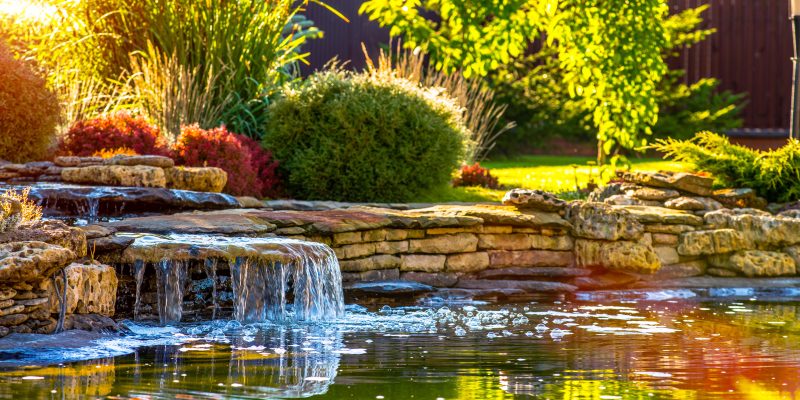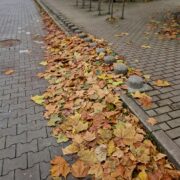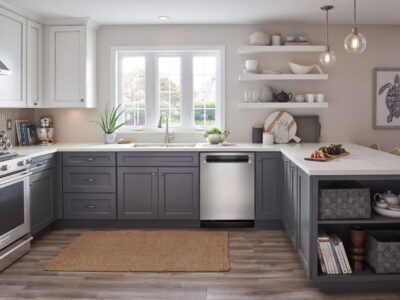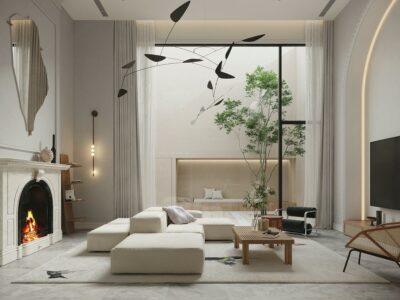If you’ve been planning to add a unique element to your yard, you might consider installing a pond. A water element is a great spot to unwind after a busy day at work or spending time with family during the weekends.
A pond with sparkling water exudes a natural ambiance that’ll attract various wildlife, including birds, frogs, and insects that you enjoy while sipping wine in your enclosed patio. If you’ve been eager to spend time outdoors, relaxing with a lovely view of a pond will make it possible. However, if you want to make the most of your pond, it’s a project that requires several considerations.
To help you start with the project, in this article are several considerations to ponder on before installing a pond in your yard.
1. Right Location
A suitable spot for a pond should provide a minimum of six hours of sunlight a day. Ideally, it should be hit by morning sun and afternoon shade. Balancing sunlight and shade will keep the water cool to keep algae growth under control.
It’s not advisable to position your pond under an overhanging tree. The leaves and fruits that might fall into the pond can clog the system, especially if you don’t perform daily maintenance.
2. Maintenance
In any pond, weekly maintenance will only take around 15 minutes. Depending on the season, you should empty and clean the skimmer basket weekly during spring, every few days during fall, monthly during winter, and every other week during summer. It’s best to go for a surface skimmer or a waterfall filter to make it easy to reach. Surface skimmers are essential for your pond since they get rid of floating debris and pond scum. Make sure to check and adjust the water level as necessary during the summer.
3. Size
When creating a pond for your yard, the average size is usually 16 × 11 feet which can accommodate up to 2,000 gallons of water, but you can go for a smaller size such as 6 × 8 feet, which could hold 550 gallons water.
If you prefer an in-ground pond, you can determine the size by utilizing a rope or garden hose to outline the location of your pond. Don’t forget to include two to three feet of space where you’ll place plants along the edges of the pond.
In most cases, your budget has an influence on the size you’re going to install. When you want to make the most out of your pond project—especially a large one—it’ll cost more. Another factor that can affect the size is the inclusion of fishes.
4. Pond Inhabitants
The addition of fish to your pond will make it even more enjoyable, especially if you want koi or goldfish. You’ll surely delight in feeding them, and they impart a visually and relaxing element. In addition, some studies suggest that as you observe the fishes swim in the pond, your stress levels may drop.
The pond should have a minimum depth of 24 inches to prevent the fish from overheating in summer or freezing during winter. When fishes are present in your pond, they’ll come in handy in reducing maintenance since they feed on string algae and sediments that build up in the base of the pond.
5. Price
The price for installing a pond will vary depending on the type of rocks and the location’s topography if you hire a professional.
If you use a DIY kit for a basic four-by-six-foot pond, you could cut down on the costs. The price range, though, reflects the inclusions in the kit. For example, a simple oval or round pond are affordable choices. However, the price will increase if you’ll include streams, waterfalls, and extensive rockwork.
6. Water And Power

Decorative pond with fountain and gold fish in garden
Regardless of the size of pond you want, it’s essential to consider your water source and power. If you have a container water garden, you can provide it with a reservoir, but if you have a big pond, it’s convenient to have a nearby water source. Ponds that utilize a pump will require a ground fault circuit interrupter (GFCI) outlet.
7. Hiring A Professional Or DIY
The majority of professionals offer complete kits with simple instructions to follow along with videos. A DIY kit is usually a good choice if you’re eager to install a small pond with soothing sounds of flowing water. However, if you want to create a pond environment in your yard that includes its own ecosystem of plants, fish, and other elements, it’s best to hire a professional.
8. Foliage
The addition of plants to a pond will complete its overall look. You should include a combination of submerged, floating, and bog plants to achieve a natural ambiance. Also, don’t forget to add a water lily which aids with algae overgrowth and serves as a shelter for fish. Water lilies require a depth of 18 to 30 inches.
Conclusion
The addition of a pond in your yard will serve as a natural and eye-catching element that you, your family, and your neighbors will surely love. It not only makes the outdoors an ideal space to unwind after a long day at work, but the pond will also serve as a refuge for wildlife in no time. If you want to ensure that your pond installation goes smoothly, make these considerations your priority and get the ideal pond for your yard.










Comments